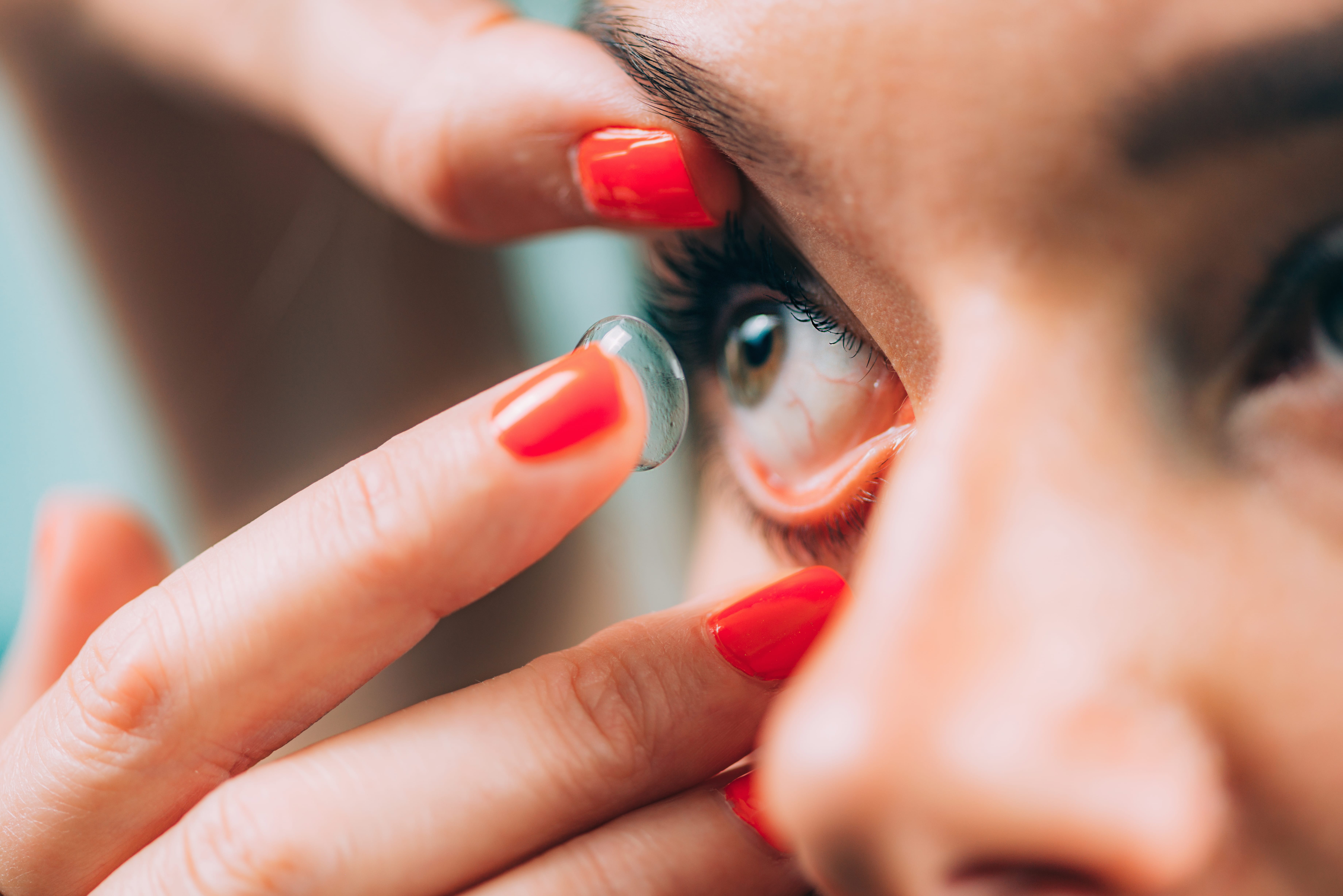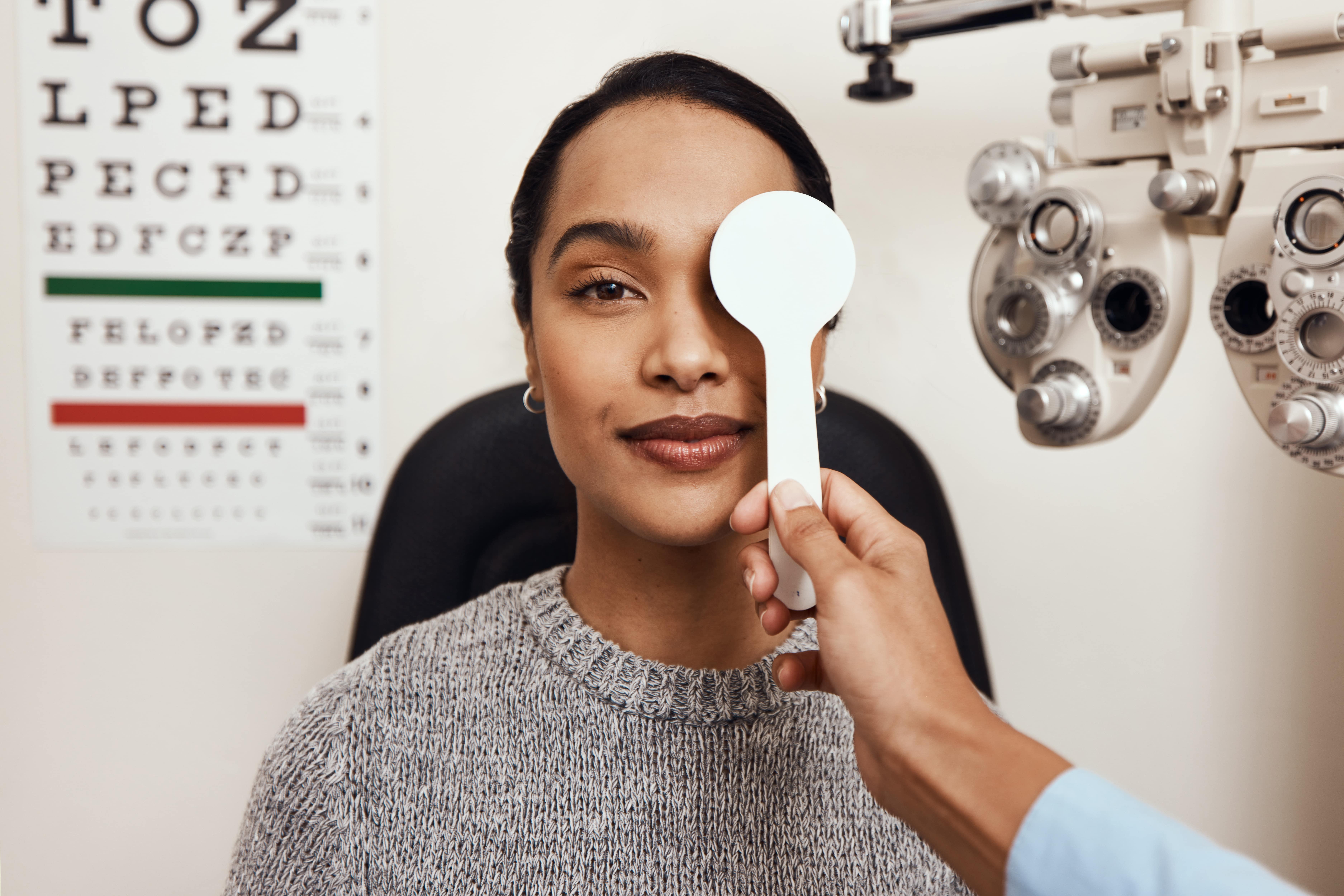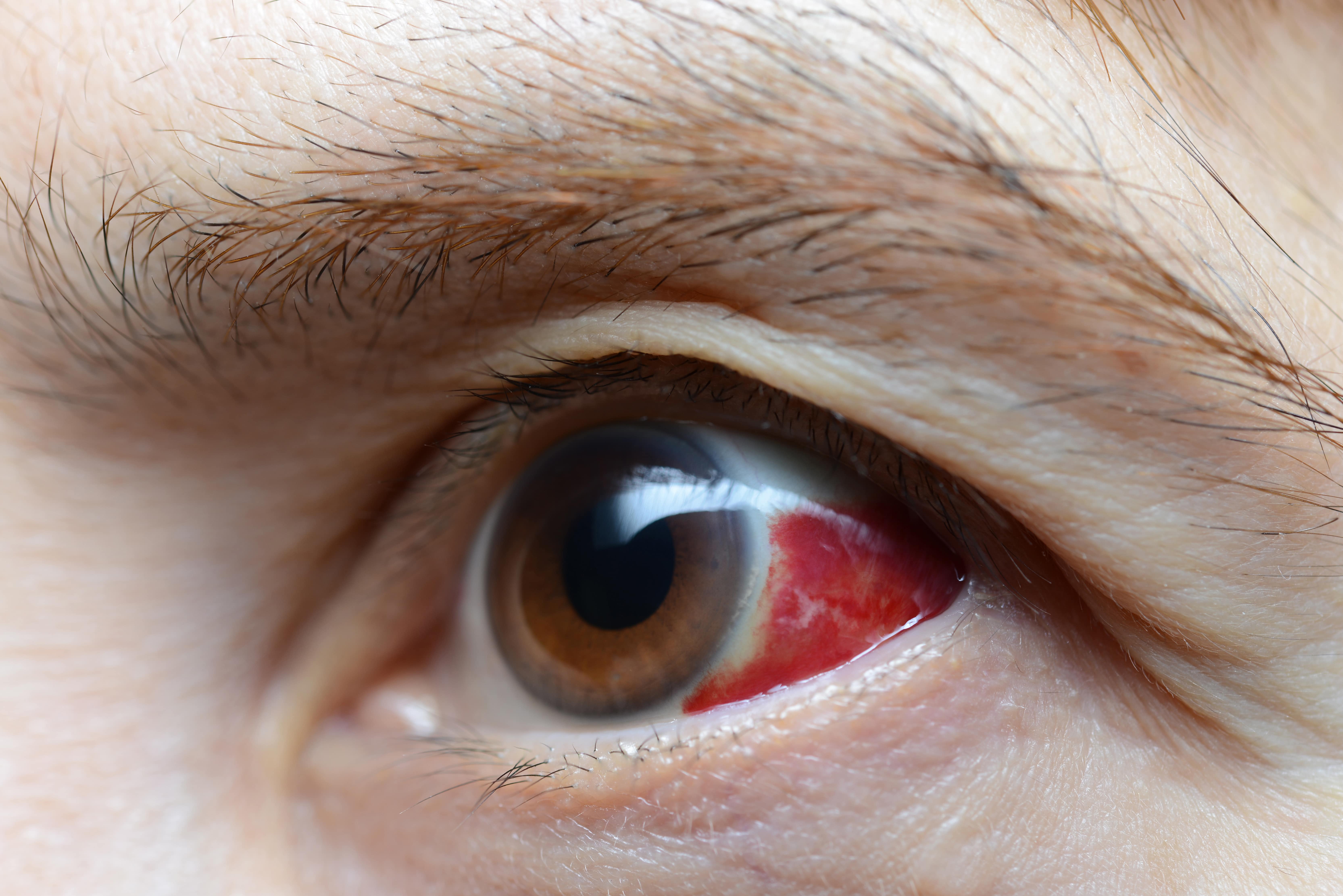The first thing you should pay attention to when buying colored lenses is to have your eyes examined by an ophthalmologist to keep your eye health at the highest level, to have your eyes measured and to find out if your eyes are suitable for contact lens use. If you have no objection to wearing contact lenses, you can get and wear them.
Our main purpose in this article is not to give you an idea while providing an aesthetic appearance, but to ensure that you choose contact lenses by protecting your eye health with the right choice. In the rest of our article, we will examine who can wear contact lenses, what the icons and expressions you see when buying contact lenses mean, what features you should consider when choosing a lens, and the use of prescription colored lenses. Let's start by answering all the questions you may have about colored contact lenses and what you need to know.

Who cannot wear contact lenses?
It is not recommended to wear contact lenses if you have chronic infections or systemic diseases. If you have dry eye, eyelid disorder or have undergone surgery for eye pressure, it is not suitable for you to wear contact lenses. In order to find out or confirm whether you have such a condition, you must first undergo a medical examination.
If you do not have a health problem that prevents you from wearing contact lenses, let's talk about what the phrases you will see when buying lenses mean.

What do contact lens values, DIA/BC/oxygen permeability/water content mean?
If you buy contact lenses in a store, the sales consultants will guide you. But when you try to buy lenses from a website, you will be presented with options. In order to find the right lens that does not sting your eyes and does not bother you, you should know these values and choose your contact lenses according to these values. Let's explain what these values are and what they mean.
DIA: The diameter of the contact lens is expressed as DIA. In other words, it refers to the distance from one edge of the lens to the other edge. Although it may vary for each person, the average is accepted as 14.2 and this size is preferred in the general production of colored contact lenses. If the colored area in the eye, that is, the iris diameter is larger, the contact lens sold in standard sizes may be small to your eye. This value varies from brand to brand. Values such as 14.0 or 14.5 are also common.
BC: We can describe it as the curvature of the lens. The more accurate the BC value, which is the internal curvature of the lens, the better the lens fits your eye and the less likely it is to fall out of your eye. You do not have to calculate these measurements yourself. You can get this information from your doctor when you have an eye examination for suitability for lens wear.
Oxygen permeability: Oxygen permeability describes the capacity of oxygen to move freely in the eye. The higher the oxygen permeability, the more oxygen your eye can supply.
Water content: Although often confused with oxygen permeability, it is important to note that they are two different things. Water retention or absorption is expressed in '%'. The higher the water content, the higher the rate at which oxygen is distributed over the surface of the eye. If the water content of a contact lens is more than 60%, it is called high water content and if it is less than 38%, it is called low water content.
Lenses with high water content are softer and more flexible than others. While the high water content increases the feeling of comfort and oxygen intake in the eye, it has an adverse effect on the durability of the lens. For this reason, you are more likely to see high water content in lenses produced for daily wear.

How long can lenses be worn?
Contact lenses are generally sold with 3 different usage periods as daily, monthly and yearly. Apart from this, some brands also have weekly and one-month lenses on sale.
You should dispose of daily lenses directly on the evening of the day you use them. Although they are very useful in terms of hygiene, they can be very burdensome financially.
Monthly use contact lenses can be used for an average of 3 months. Some brands also have varieties that can be used for 6 months. It is important not to exceed this period. Because lenses that exceed the ideal usage period can cause a stinging sensation in your eyes, or even worse, they can cause big problems that can cause vision loss. It is recommended to remove the lenses for monthly use before going to sleep at night.
Annual contact lenses are lenses with a lifespan of one year. If you are hesitant about hygiene due to your working environment or traveling, you can try using new lenses for a shorter period of time. If contact lenses are damaged in cases such as excessive dust exposure or the use of lenses by people with poor manual dexterity, you should not use the same lens again. This can cause permanent damage to your eyes.
If you have never opened the contact lenses after receiving them and have not caused them to come into contact with air, you can use them or store them for later, taking into account the consumption dates on them.

Do colored lenses have UV protection?
Although colored lenses can be sold with numbered options, colored contact lenses are not widely produced because they are mostly seen for cosmetic purposes. If you search, you can find colored contact lenses (numbered or unnumbered) with all the features you want, but the cost will increase as the features and quality increase. Never forget that your eyesight is valuable and choose quality brands even if you are going to buy colored lenses for aesthetic appearance.
Can you sleep with colored contact lenses in the eye?
In the recommended usage patterns, most of the brands state that you should not sleep with lenses. If you are not in a situation where you can take your lenses out of your eyes at night and clean and reuse them the next morning, or if you have a condition that prevents you from sleeping regularly, it will be useful to choose "night use contact lenses". The feature of these lenses is that you can use them until the expiry date without having to remove them.
These lenses, which usually last for a week or a month, do not need to be removed until they expire. Let's not forget to mention that you are unlikely to find night wear versions of colored lenses.

What happens if I don't choose the right contact lens?
If you make the wrong choices when choosing the lens you use for aesthetic appearance, you can get into a lot of trouble. For example, the lens type known as 'circle lens', which is used to enlarge the eyes, has a larger diameter than normal lenses. Although it is generally preferred for conceptual situations such as colsplay, since it has a size much larger than the average 14.00mm-14.50mm size of a healthy human eye, it puts pressure on the center point of the eye and causes corneal edema. Unfortunately, the problems created by this cosmetic lens do not end with this, because the size is too large than it should be, it also damages the eyelids.
In particular, it has been observed that contact lens wearers with larger diameters than they should have encountered the problem of droopy eyelids.








